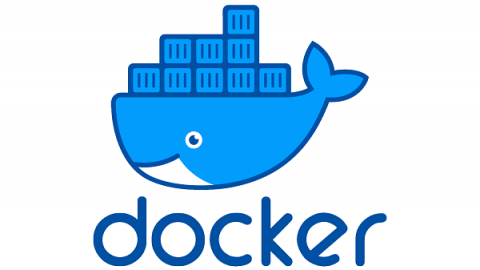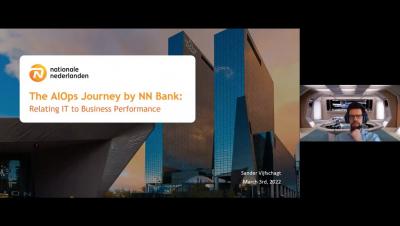Implementing access control policies in CI/CD pipelines
Imagine yourself in this situation: You are a motivated and skilled DevOps or DevEx engineer. You have a plan to implement automated, complete CI/CD pipelines. You know how to do it, and you know how the extra productivity and automation will benefit your team and the whole company. But the project is never approved, because of security concerns. Many organizations, especially those in regulated industries, have strict requirements for releasing their software, and rightfully so.











